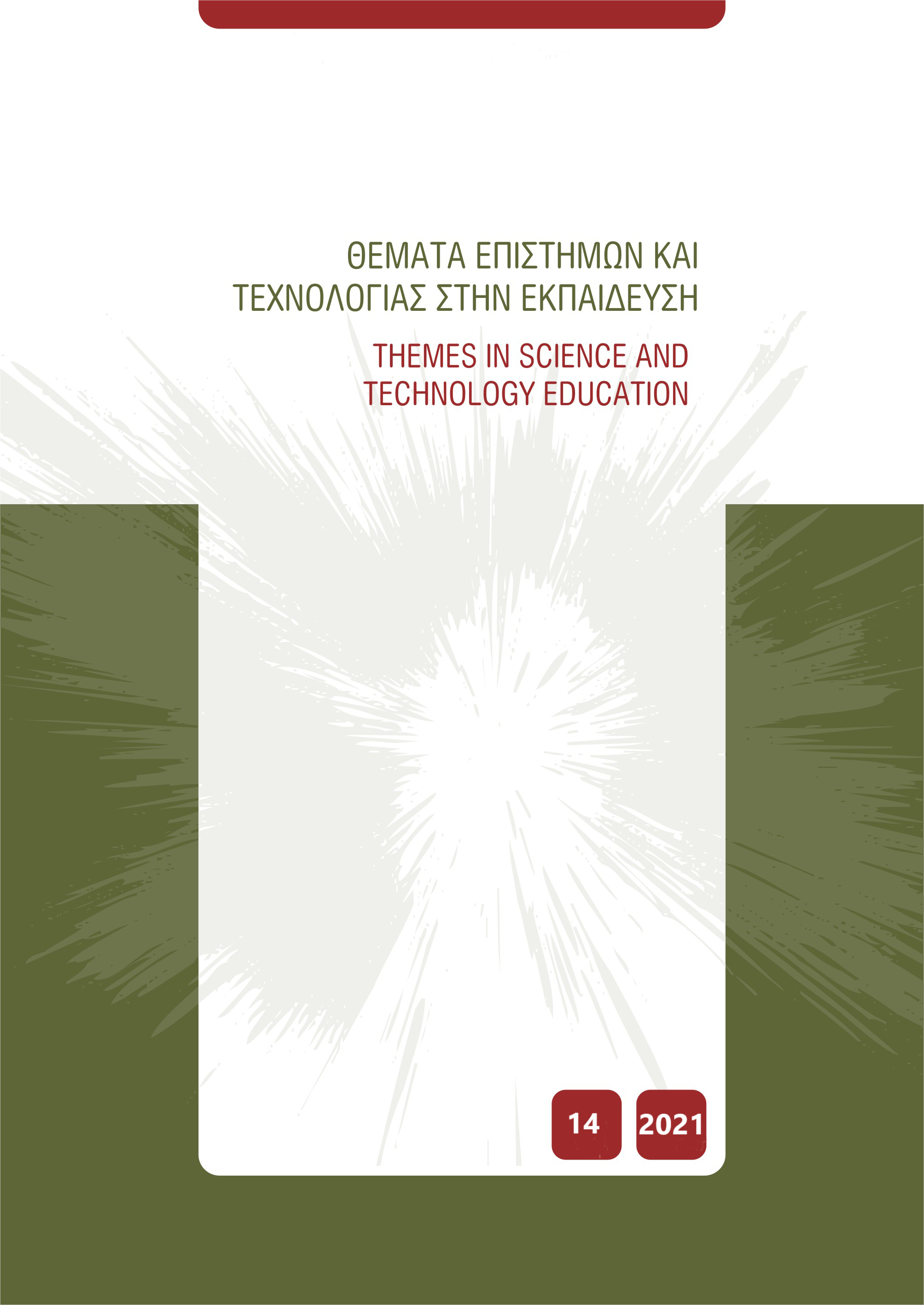Η Επαυξημένη Πραγματικότητα στη διδασκαλία: Η περίπτωση του Ηλιακού Συστήματος
Abstract
Η παρούσα εργασία εστιάζει: (α) στον προσδιορισμό της επαύξησης των επιδόσεων μαθητών Δημοτικού σχολείου μετά τη χρήση προκατασκευασμένων εφαρμογών επαυξημένης πραγματικότητας στη διδασκαλία θεμάτων σχετικών με το
ηλιακό σύστημα και (β) στην περιγραφή των απόψεων των παιδιών για τη διδασκαλία μέσω των εργαλείων αυτών. Για την επιδίωξη των ερευνητικών στόχων υιοθετήθηκε η μικτή προσέγγιση και συγκεκριμένα ο συγκλίνων ερευνητικός σχεδιασμός, κατά τον οποίο συλλέγονται ταυτόχρονα και αναλύονται συνδυαστικά ποσοτικά και ποιοτικά δεδομένα. Με βάση τα αποτελέσματα η επίδραση μιας κατάλληλης διδασκαλίας στην οποία συνεισφέρει η χρήση περιβαλλόντων επαυξημένης πραγματικότητας ήταν βελτιωτική ως προς τις επιδόσεις των μαθητών που συμμετείχαν στην έρευνα. Παράλληλα, οι μαθητές
υποστήριξαν ότι τα εν λόγω υλικά τους βοήθησαν να παραμείνουν προσηλωμένοι και να κατανοήσουν στοιχεία, έννοιες και φαινόμενα που αφορούσαν το ηλιακό σύστημα ενδυναμώνοντας τις «εμπειρίες» τους και επεκτείνοντας τον βαθμό αντίληψης και κατανόησης της κίνησης και των χαρακτηριστικών των ουράνιων σωμάτων.
Article Details
- How to Cite
-
Ντρενογιάννη Ε., & Ζέρβα Ε. (2021). Η Επαυξημένη Πραγματικότητα στη διδασκαλία: Η περίπτωση του Ηλιακού Συστήματος. Themes in Science and Technology Education, 14, 19–36. https://doi.org/10.12681/thete.39956
- Issue
- Vol. 14 (2021)
- Section
- Articles






